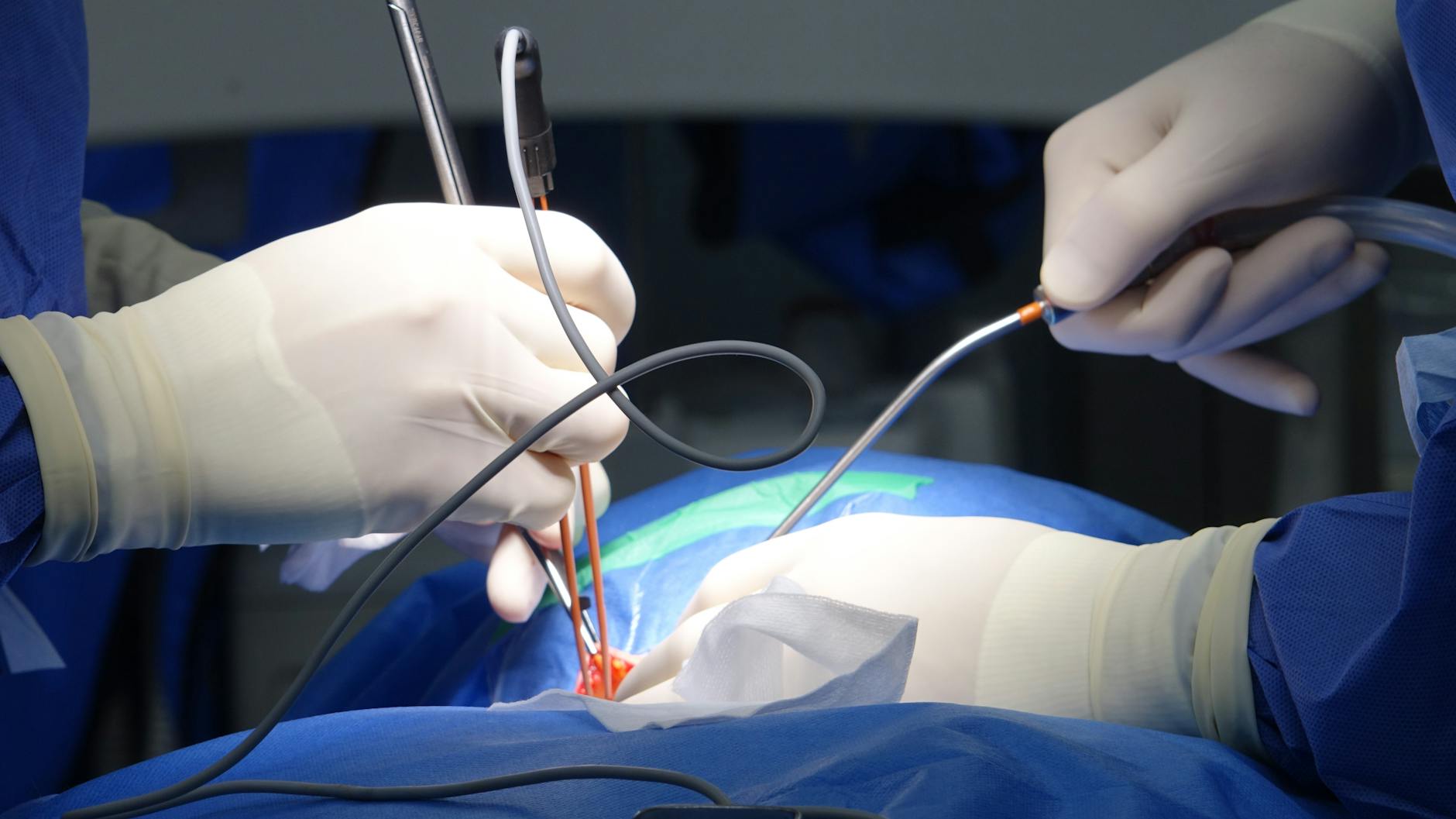
You don’t meet them in the beginning—but often, they are part of your middle
They don’t check your blood pressure. They don’t ask how you’ve been sleeping. They don’t refill your vitamins. They’re not the first face you see in medicine. But when something inside you shifts—quietly or all at once—they appear. Not because you asked for them, but because something led you here. A scan, a test, a pain that didn’t go away. You weren’t planning for surgery. But sometimes, plans break where the body does. You come in holding uncertainty. They come in holding a map— but one they’ll draw with you, not for you.
That’s when they arrive—quietly, through referrals, through scans
The referral was unexpected. You weren’t thinking of surgery. You thought this would pass. A pain that came and went. A swelling you thought was harmless. A discomfort you’ve been minimizing for weeks. But now there’s a scan. A lab result. A concern. And now you’re sitting in a room, waiting for someone who knows how to read the inside of a body. They walk in with quiet hands, and even quieter eyes.
They examine not just your body, but your timing, your hesitation, your story
They don’t jump to conclusions. They ask what others might have skipped. How long. How often. How it has changed. They listen when you describe the pain in abstract ways. They don’t need you to be clinical. They need you to be real. They notice when you pause. They note what you leave out. They listen to your silences like symptoms. And they begin to piece together a picture you couldn’t draw alone.
They talk about what you’re willing to live with—and what you’re not
They speak plainly. Not to simplify, but to keep you inside the conversation. They tell you what they see. What might be next. What it could mean. They ask if you’ve been afraid. Not to make you admit it—but to tell you they’ve seen it before. They tell you what surgery could fix. What it could change. What it can’t promise. They ask how you feel about risk. And what you’re no longer willing to ignore.
First, they decide if it’s needed—because restraint is also skill
They don’t always say yes to the knife. Sometimes, they say not yet. Or not at all. They wait. They measure. They weigh options you haven’t considered. Because real surgery isn’t always about doing. Sometimes, it’s about watching something long enough to be sure. A good surgeon knows what to cut. A great one knows when not to. And you leave that visit with no date. No knife. But with a sense of being held in possibility.
They tell you what could go wrong—not to scare you, but to prepare you
When it’s time, they change. Their focus sharpens. Their calm deepens. They describe the day. Where you’ll lie. Who’ll be with you. What you’ll feel. What you won’t. They tell you what’s rare, but possible. They tell you where things can shift, go sideways, surprise even them. They tell you everything. Not to terrify you—but so you never walk in blindly.
Their hands do the part your words can’t reach
In the operating room, they go silent. Not from fear— from control. From precision. From years of repetition. From knowing exactly where they are inside the body. They follow maps made of blood vessels and muscle memory. They see things you’ll never know existed. They close wounds that never made it to language. Their hands don’t panic. They work.
You don’t remember much about the surgery—but you remember how they spoke the next morning
You wake up groggy. You ask if it’s over. You ask if it worked. You ask if they saw what they thought they would. Their voice is the first thing that makes you feel safe. They sit down. They look you in the eye. They tell you what happened. What they took out. What they left in. What they found that they didn’t expect. They answer without rushing. You don’t remember the drugs. You remember their tone.
They tell you what to expect—and what not to fear
Healing begins in discomfort. They know that. They watch for the right kind of pain. They tell you what swelling is normal. What fever isn’t. They check your scar without flinching. They ask if you’ve walked. If you’ve eaten. If you’ve cried. They expect you to cry. They tell you when to rest. And when to stop resting. They don’t smile through the pain. They tell you it’s part of the story.
They return to their lives—but something in them remembers you
Eventually, the follow-ups end. Your body begins to forget. But theirs doesn’t. They remember the angle of your hernia. The way your voice shook when you said “I’m scared.” The exact moment they made the first incision. Your anatomy joins the archive they carry silently. Because even if you never see them again, a part of you stayed in their hands. And a part of them still holds it.
